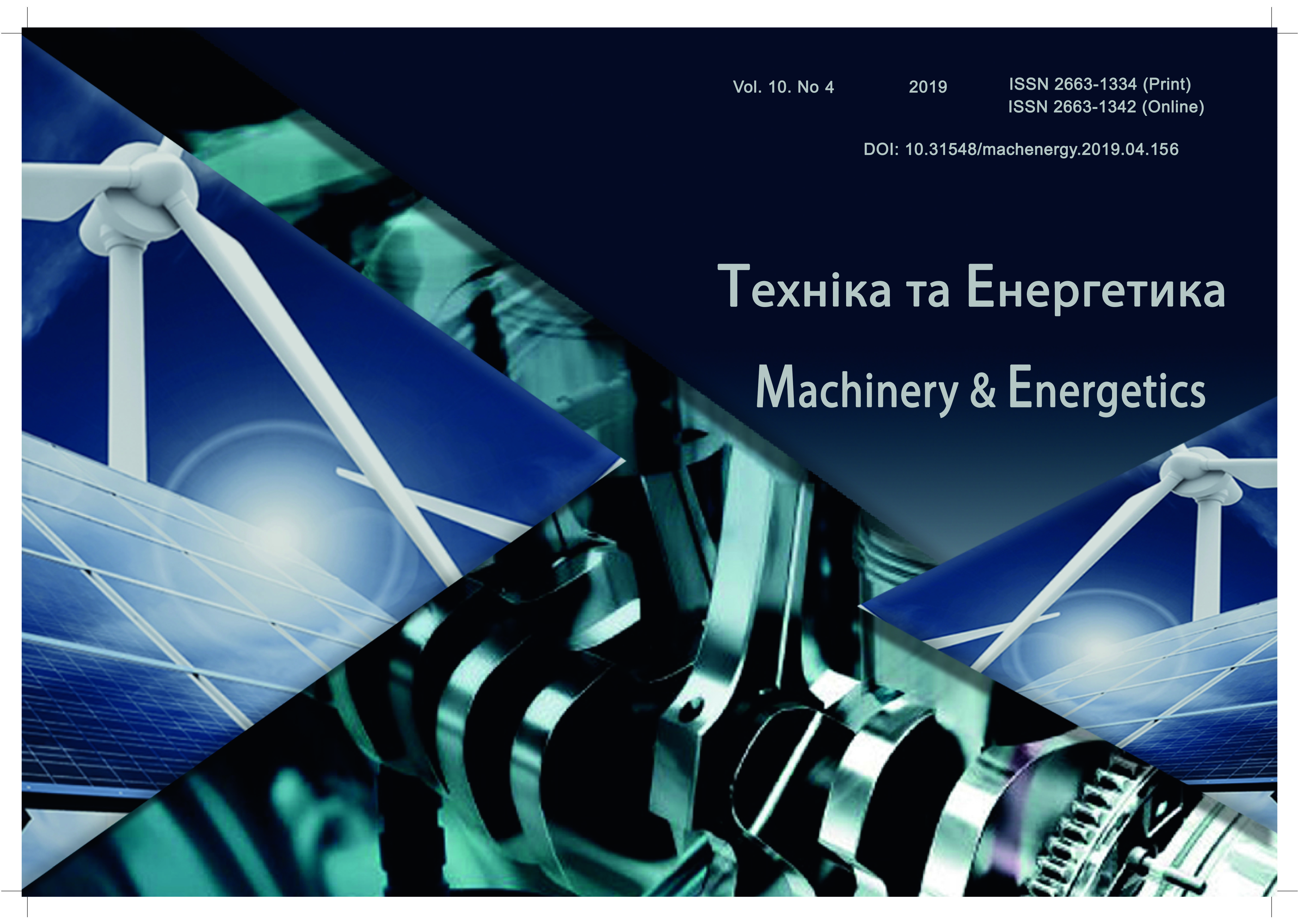Dynamic control by contact tisk in powered electric contacts with use shape memory alloys
DOI:
https://doi.org/10.31548/machenergy2019.04.013Keywords:
collapsible electrical contacts, transient resistance, functional alloys with memory effect of form, probability theory, Chebyshev inequalities.Abstract
Collapsible contact joints are the most numerous elements of electrical installations. Theefficiency of the contacts, their reliability to a large extent depends on the modes of electric current and temperature, contact pressure, etc. Modification of modes and operation time lead to an increase in the resistance of the contacts, the temperature of their heating and possible thermal destruction. Traditional means for controlling the pressure in the contacts when changing the temperature regime are steel plate springs. Previous investigations have established that these means only partially solve the problem of regulation of contact pressure. An alternative to traditional means is the innovative development of dynamic pressure control tools based on the use of functional alloys with the shape memory effect.
The mathematical analysis of terms of carrying out repair works and service life of collision type contacts with the use of probability theory in the conditions of incompleteness of the initial information is carried out. The research substantiates that the use of dynamic method of control of the thermomechanical regime of collapsible contacts allows to stabilize pressure and extend the life of collapsible contacts by 3-4 times.
References
Dzektser, N. N., Whilenew, Yu. S. (2017). Lot of ampers contact connections. Leningrad. Energoatomizdat. 128.
Downloads
Published
Issue
Section
License
Relationship between right holders and users shall be governed by the terms of the license Creative Commons Attribution – non-commercial – Distribution On Same Conditions 4.0 international (CC BY-NC-SA 4.0):https://creativecommons.org/licenses/by-nc-sa/4.0/deed.uk
Authors who publish with this journal agree to the following terms:
- Authors retain copyright and grant the journal right of first publication with the work simultaneously licensed under a Creative Commons Attribution License that allows others to share the work with an acknowledgement of the work's authorship and initial publication in this journal.
- Authors are able to enter into separate, additional contractual arrangements for the non-exclusive distribution of the journal's published version of the work (e.g., post it to an institutional repository or publish it in a book), with an acknowledgement of its initial publication in this journal.
- Authors are permitted and encouraged to post their work online (e.g., in institutional repositories or on their website) prior to and during the submission process, as it can lead to productive exchanges, as well as earlier and greater citation of published work (See The Effect of Open Access).

